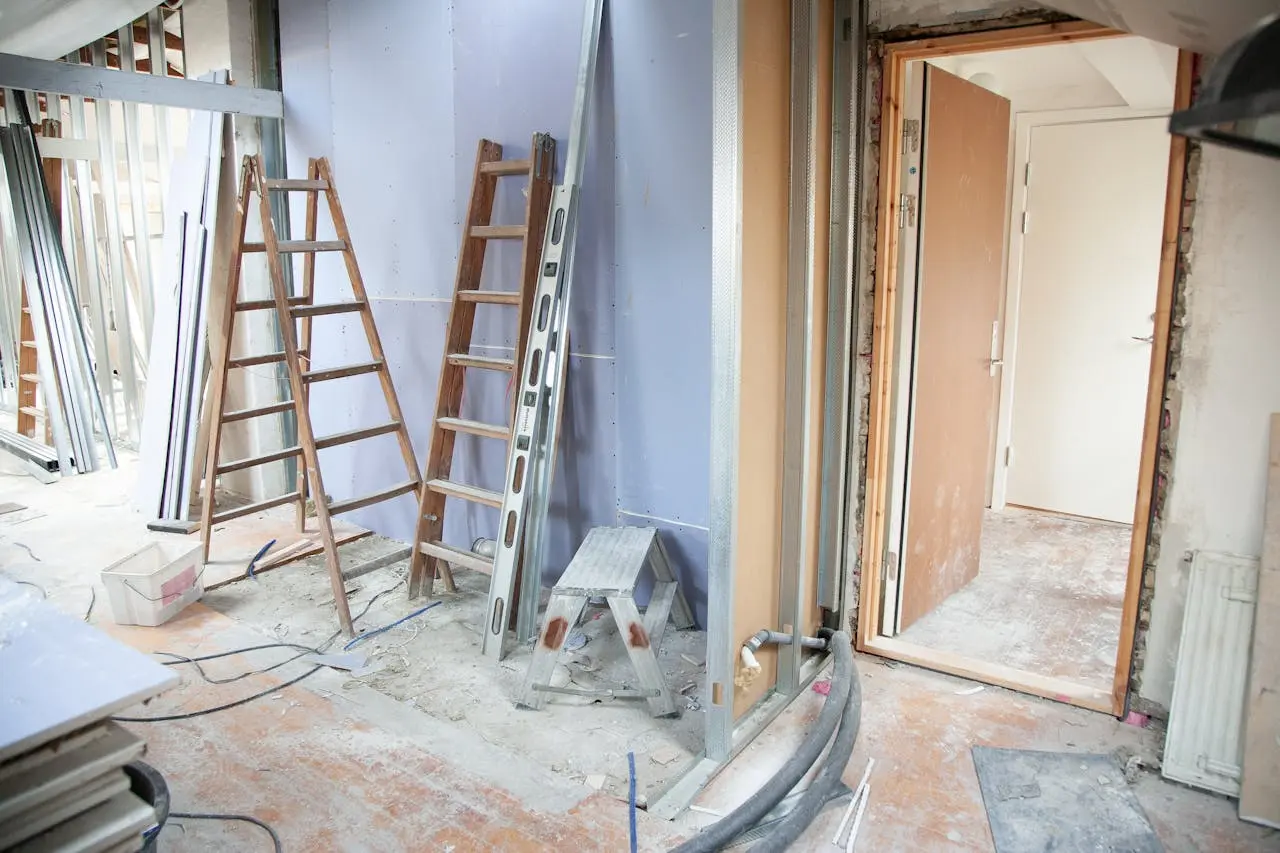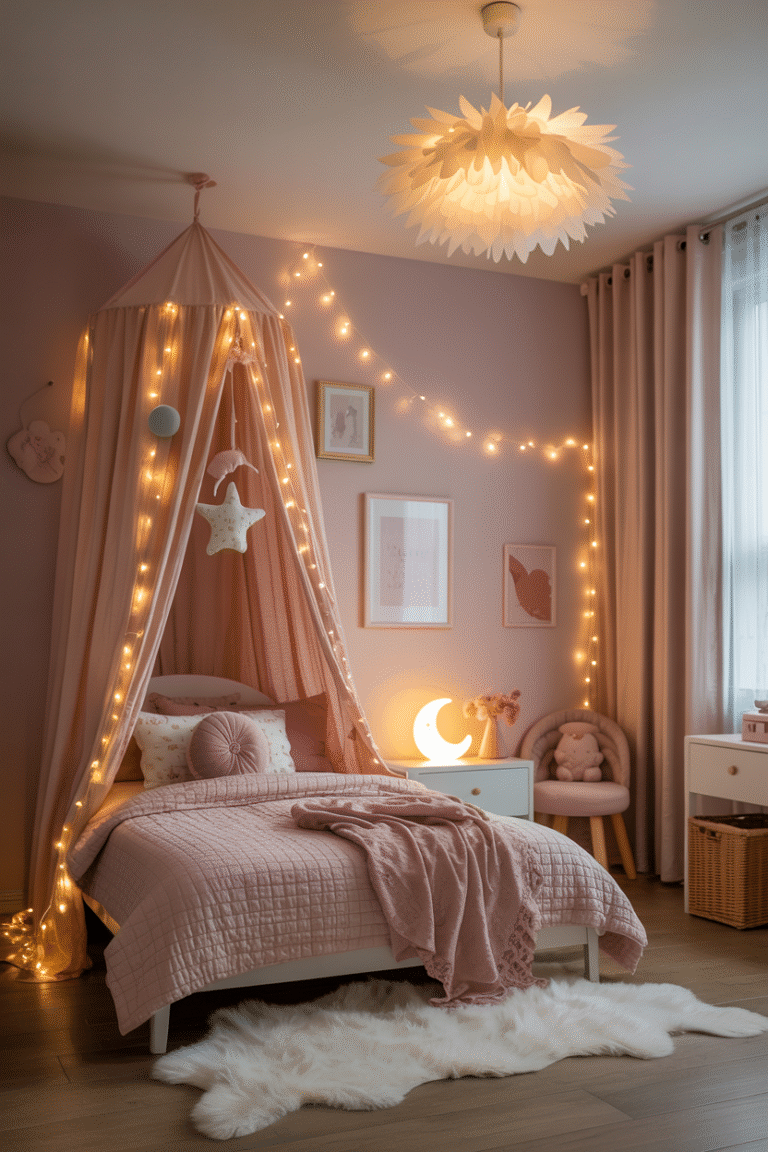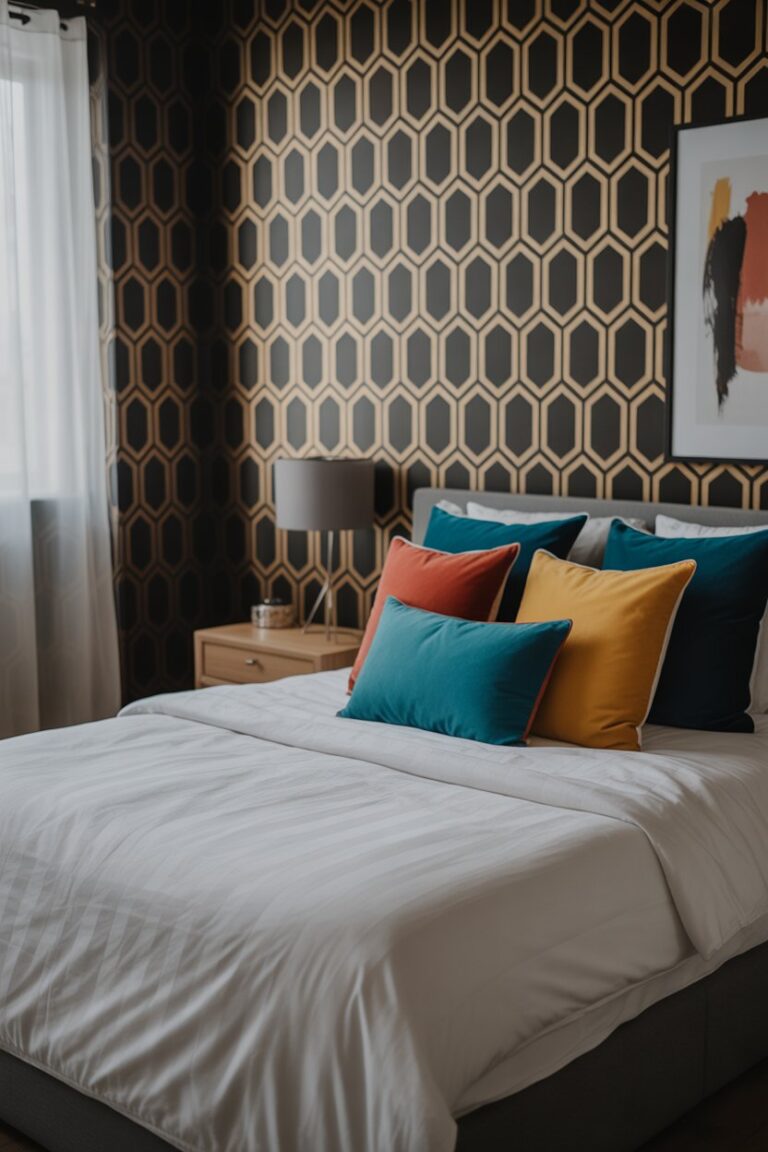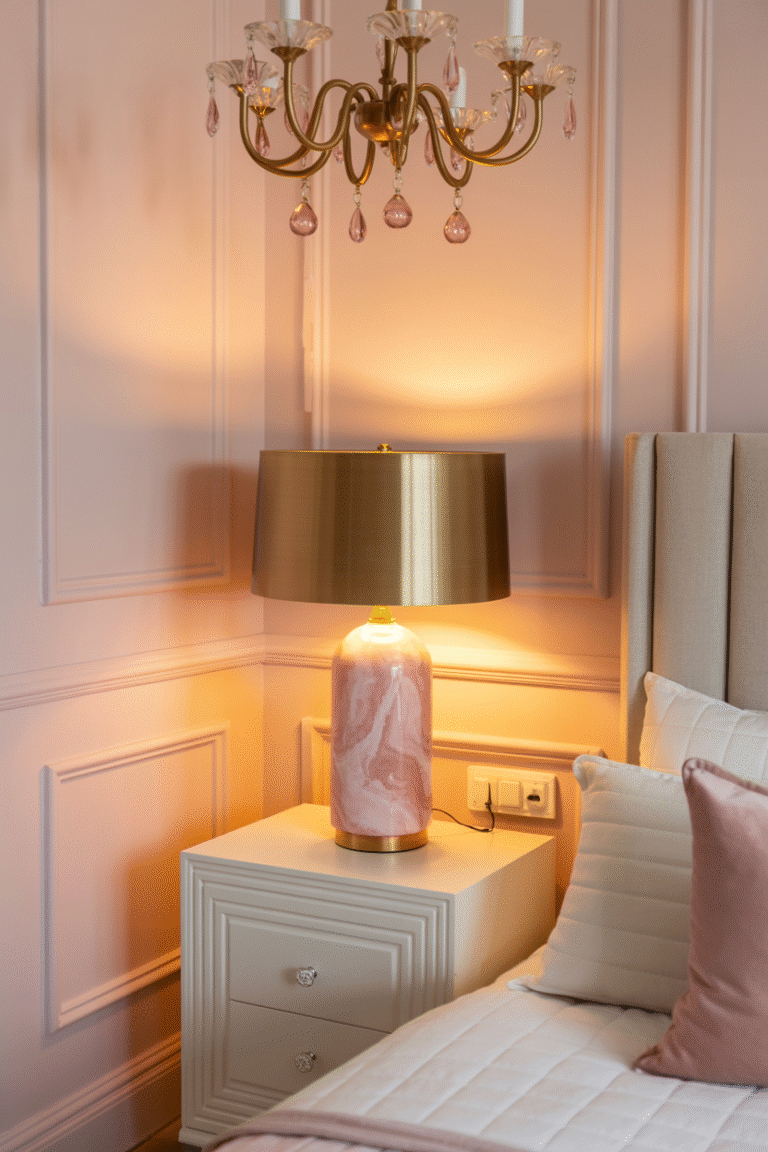
Introduction: The Reality of Building a House from the Ground Up
A few years ago, my best friend decided to build his dream 4-bedroom house in the countryside. He had visions of a cozy fireplace, a spacious kitchen, and a garden for his kids. Fast forward six months, and he was knee-deep in invoices, unexpected delays, and a budget that kept ballooning.
If you’re reading this, you’re probably wondering the same thing he was: “How much will this actually cost?”
The truth? Building a house in the UK isn’t just about stacking bricks. It’s a financial jigsaw puzzle where every piece, land, materials, labor, permits, adds up. And if you miss one, the whole project can spiral.
After helping my friend (and making plenty of mistakes along the way), I’ve learned exactly where costs sneak in and how to keep them under control. So, let’s break it all down, no fluff, no jargon, just real numbers and honest advice.
1. The True Cost of Building a 4-Bedroom House in the UK
Land Costs: The Biggest Wildcard
The first shocker? Land prices vary more than British weather.
- In London and the Southeast, a small plot can cost £500,000+, just for the dirt.
- In Northern England or Wales, you might find land for £100,000–£200,000.
- Rural Scotland? Even cheaper, but then you’ve got extra transport costs for materials.
I once saw a 0.2-acre plot in Surrey listed for £1.2 million, no house, no utilities, just grass. Meanwhile, a friend bought a similar-sized plot in Yorkshire for £85,000. Location is everything.
Pro Tip: Always check if the land has planning permission. If not, you’re gambling, getting approval can take months (or fail entirely).
Construction Costs: Breaking It Down Per Square Metre
Most builders charge £1,500–£2,500 per square metre for a mid-range home.
- A standard 4-bedroom house (120–150 sqm) = £180,000–£375,000
- High-end finishes (granite, underfloor heating, smart tech) = £3,000+ per sqm
My cousin went for a timber frame instead of traditional brick, it saved him £30,000 and cut build time by weeks.
Architect & Design Fees: Don’t Skip This
You might think you can sketch your dream home on a napkin (I did). But architects charge 5–15% of total build costs.
- For a £300,000 house, that’s £15,000–£45,000.
- Some offer fixed-fee packages (£3,000–£10,000) for basic designs.
I made the mistake of hiring a cheap architect first. The plans were rejected by the council twice, costing me £7,000 in revisions. Lesson learned: Pay for experience.
Planning Permission & Surveys: The Hidden Paperwork Costs
- Planning permission = £462 (England), £600+ (Scotland/Wales).
- Building regulations approval = £500–£1,500.
- Soil surveys, drainage checks, ecological reports = £2,000–£5,000.
A friend skipped the soil test. Turns out, his land was on unstable clay, costing him an extra £25,000 in reinforced foundations.
2. The Sneaky Hidden Costs Nobody Warns You About
Groundworks & Foundations: The Budget Killer
If your land isn’t perfectly flat (most aren’t), groundwork costs explode.
- Basic foundations = £5,000–£15,000.
- Sloped land? £20,000–£50,000 for retaining walls and deep piles.
My friend’s “cheap” plot needed £35,000 in groundwork because of underground springs.
Utilities: No One Tells You How Expensive Connections Are
- Electricity hookup = £500–£5,000 (more if you need new poles).
- Water & sewage = £5,000–£20,000 (depends on distance from mains).
- Gas line = £1,000–£10,000 (if available).
A couple I know built in rural Wales, their water connection alone cost £28,000 because they needed a private borehole.
Contingency Budget: Expect the Unexpected
Rule of thumb: Keep 10–15% extra for surprises.
- Roofing delays? +£5,000.
- Material price hikes? +£10,000.
- Bad weather stalling work? +£3,000 in extended rental costs.
I didn’t budget for scaffolding rental extensions, ended up paying £2,400 extra because of rain delays.
3. Smart Ways to Save Money Without Sacrificing Quality
Self-Build vs. Hiring a Main Contractor
- Full contractor = Convenient but expensive (25–30% markup on materials).
- Self-managing = Cheaper but stressful (saves 10–20% if you’re organized).
I handled my own material sourcing, saved £12,000 but spent 60 hours comparing quotes. Worth it? Maybe.
Alternative Building Methods (That Save Cash)
- Timber frame = 20% faster & 15% cheaper than brick.
- SIPs (Structural Insulated Panels) = Super energy-efficient, slightly pricier upfront but lower heating bills.
- Recycled materials = Saved a friend £8,000 on bricks.
Timing Your Build Right
- Winter builds = Cheaper labor (builders are less busy).
- Avoid summer = Higher demand, longer wait times.
A neighbor started in November, got a 10% discount from his bricklayer.
4. Real-Life Case Studies: What People Actually Paid
Case 1: The Budget Build (Leeds, 2022)
- Size: 140 sqm
- Land: £110,000
- Build Cost: £280,000
- Total: £390,000
- Lesson: “We saved by doing some DIY, but hiring an inexperienced plasterer cost us £4,000 in fixes.”
Case 2: The Eco-Home (Cornwall, 2023)
- Size: 160 sqm
- Land: £180,000
- Build Cost: £420,000 (solar panels added £30k)
- Total: £600,000
- Lesson: “Energy bills are £40/month, but the initial cost hurt.”
Case 3: The London Luxury Build (2021)
- Size: 200 sqm
- Land: £800,000
- Build Cost: £1.1 million
- Total: £1.9 million
- Lesson: “Planning restrictions added £150k in delays.”
Conclusion: Is Building Cheaper Than Buying?
Honestly? Sometimes.
If you find affordable land, avoid hidden costs, and manage the project well, you can save 10–20% vs. buying new. But if you underestimate expenses (like I did), it’s easy to overspend.
Final Advice:
- Get 3 detailed quotes before committing.
- Budget 15% extra for surprises.
- Visit other self-builds for inspiration (and warnings).
Still nervous? Drop a comment, I’ll help you dodge the mistakes I made.




